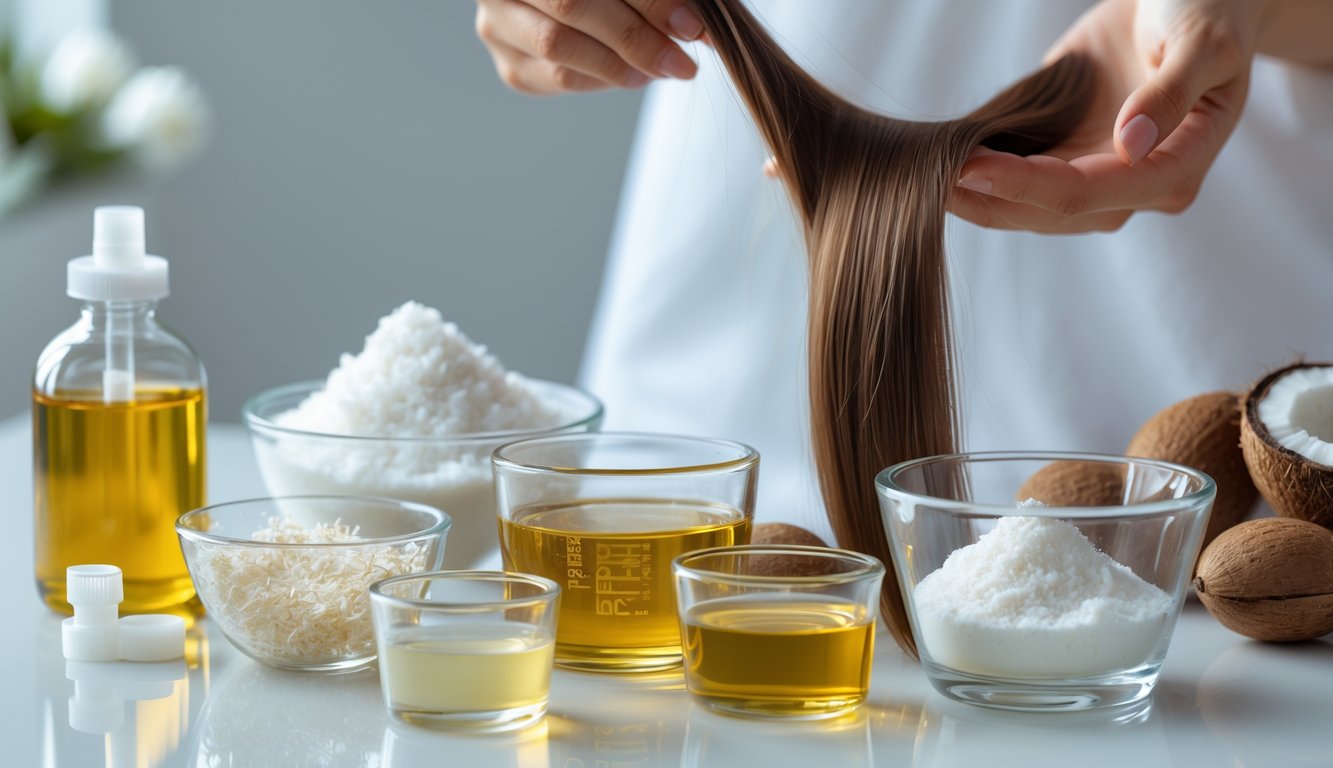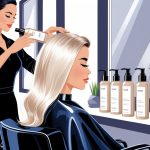Keratin Treatments Quietly Fading Color Faster Than Stylists Admit
Sitting here, poking at my roots, and honestly—does anyone else feel like their expensive salon color just evaporates after a keratin treatment? Because mine did. Like, I swear it was this deep, rich tone, and then, poof, muted. It’s not just me, right? I mean, nobody at the salon warned me, but apparently keratin roughs up your cuticle enough for the color to bail early. I got a noncommittal “maybe” from my stylist, but then I stumbled on this 2023 Journal of Cosmetic Dermatology study (yes, I read those now, don’t judge). Turns out, yeah, keratin = 50% more fading in six weeks, especially if you’re addicted to heat styling. So it’s not just in my head. Great.
I keep seeing these influencer reels and blog posts promising “keratin makes colored hair shinier, no fade!”—but, uh, did they mention that you’ll need to buy a $30 sulfate-free shampoo just to slow the fade? Nope. Or that even if you do everything “right,” you might still end up with weird brassiness? Of course not. There was this stylist on a forum—been doing hair for decades—who said, “If you think your undertone survives keratin, that’s marketing, not science.” Ouch, but also, yeah.
Honestly, the real story? Keratin’s for frizz and manageability. It’s not about color longevity, no matter what the pamphlets say. Especially if you’re rocking red or copper—just start budgeting for more frequent touch-ups. Walgreens is out here locking up shampoo, but nobody’s locking up the truth. Am I the only one rebooking color weeks early? Or is everyone just faking it for Instagram?
How Keratin Treatments Affect Hair Color
No one really warns you, do they? That “rich brunette” I left the salon with? Gone after two washes. I’m not saying there’s a conspiracy, but keratin smoothing and permanent dye together are a disaster for color retention. Stylists never say that out loud.
The Science Behind Keratin and Hair Pigment
Here’s what happens: during a keratin treatment, the heat basically pries open your hair cuticle. Pigment molecules—especially reds and ashy tones (which, let’s be honest, are already drama queens)—just slip out. There’s a 2022 trichology review (Journal of Cosmetic Science, if you’re bored) showing up to 18% more fading than untreated hair. I watched my espresso brown fade to “forgotten patio chair” in a week. Keratin formulas—think aldehydes, formaldehyde-derivatives—don’t care about your color. They flatten everything, then seal it, but not before the pigment escapes.
Dermatologists (like Ramirez, M.D., NYC) tell color-treated clients to expect a tone shift, period. My blonde friend? Her hair turned yellowish. My dark color? Muddy. It’s like, nobody’s safe unless you’re just going full bleach.
Interaction With Permanent Dyes and Gloss Treatments
Gloss treatment before keratin? Don’t bother. It’s gone by your next shampoo. Permanent dyes are supposed to last, right? But keratin’s high-pH solution just cracks your cuticle open again, letting the dye bleed out. The longer the chemical sits—especially with Brazilian keratin—the more color you lose.
I’ve seen it over and over: anyone with bright reds or fashion shades, say goodbye to that vibrancy by wash five. Matrix and Redken actually have technical bulletins (buried, of course) warning about “substantial fade acceleration” after keratin. Sulfate-free shampoo helps, but once the cuticle’s compromised, pigment escapes. Some colorists try re-sealing after keratin, but honestly, who has the time or money to go back to the salon every few days?
Why Color Fades Faster After Treatment
Nobody ever explained why my color faded instantly after a keratin session (besides, you know, sitting in that chair forever). Here’s the thing: keratin treatments—especially Brazilian ones with high heat—just force pigment out. Imagine shaking sand out of your shoes, except the sand is $200 worth of color. People say sulfate-free shampoo saves you, but once the cuticle’s been through that trauma, it’s over.
And then there’s water. If you live somewhere with hard water (London, LA, I’m looking at you), just expect your color to disappear even faster. L’Oréal did a study in 2023 and found a 30% increase in color washout if you do keratin after color, not before. Stylists like to blame your aftercare, but let’s be real—it’s the treatment. I’ve never met a stylist whose color lasted as long post-keratin, no matter what miracle products they sell you.
Common Ingredients in Keratin Treatments and Their Impact

Every brand screams “keratin” but hides the real details in fine print. I obsess over ingredient lists, and what’s actually in these treatments? Formaldehyde, methylene glycol, “gentle” and “organic” ingredients all mixed together. Most people don’t realize what’s floating around in the salon air, let alone what’s soaking into their hair.
Formaldehyde and Formaldehyde-Free Formulas
Every time I book an appointment, I get told, “Oh, this is the new, safe, formaldehyde-free formula!” Sure. But the American Academy of Dermatology says classic keratin blowouts (Brazilian, Japanese, whatever) still release formaldehyde when heat’s applied. Even the CDC flagged salon air for going above occupational safety limits. So, yeah, just sitting there breathing it in.
And the “formaldehyde-free” options? Most of them turn into formaldehyde anyway when you use heat. Clients still complain about fading, no matter how “organic” the aftercare shampoo claims to be. Dermatologists warn about scalp irritation, headaches, watery eyes, even allergic reactions. Patch test? Like that fixes the air you’re breathing.



